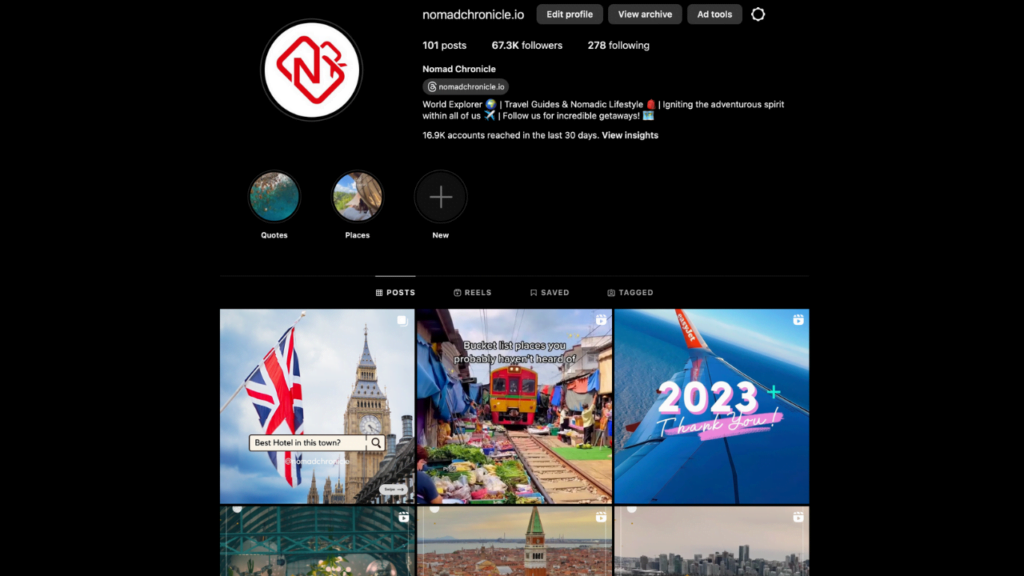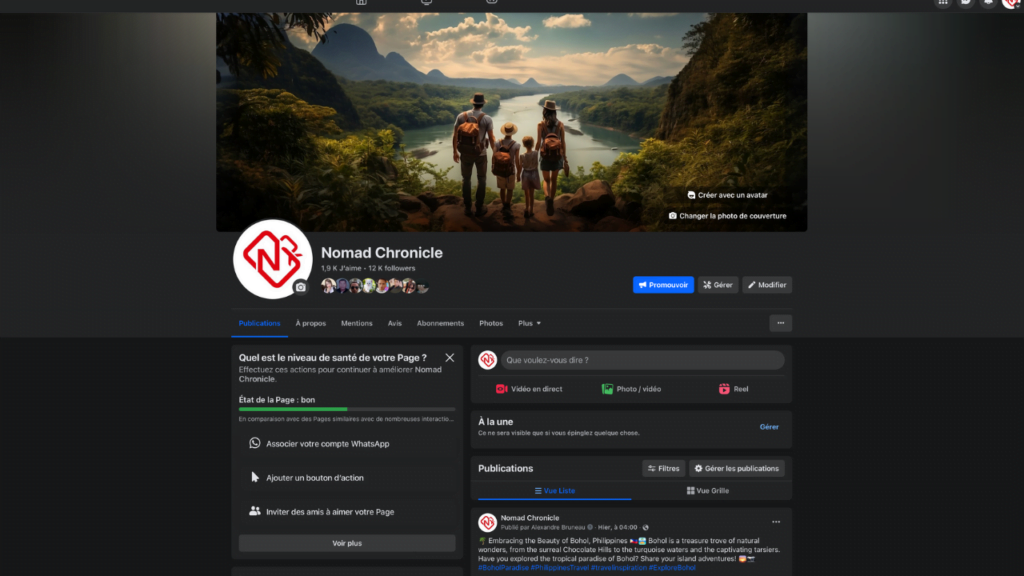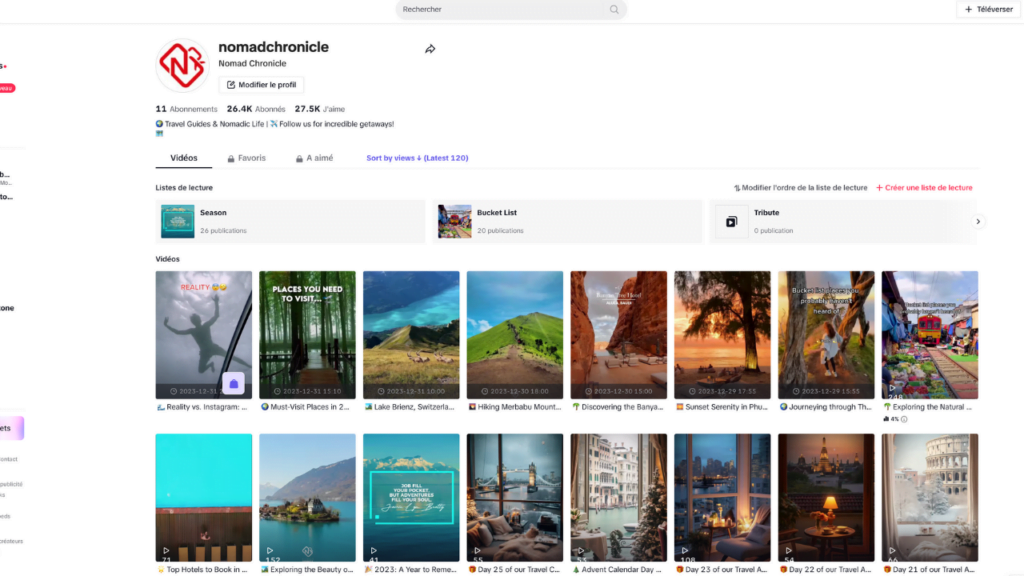Car Rentals
Find and compare cheap car rental deals
- 800+ Suppliers
- 20,000+ Locations
- Over 4 million users
- 15 Years of Operation
We connect you with 800+ trusted suppliers
Why Us

Diversity
We guarantee that you will find the best car for your trip thanks to special offers from 800+ suppliers.

Value for money
We are happy to offer our customers the best prices due to having access to discounts provided by rental companies.

Experience & expertise
With over a decade on the market, we are one of the most experienced and trusted experts in the car rental field.
Things to do when you pick up your rental car

Find the counter
Most rental desks are located at the airport terminals or can be reached by shuttle bus.

Bring documents
At a counter you will need a valid driver's license issued in your name and your ID.

Use a credit card
The supplier will put a hold on your credit card as a security deposit against damage.

Don’t be late
Be on time, or it will count as a no-show and the supplier may refuse to rent a car to you.
Tips & Advices
DRIVING RULES AROUND THE WORLD
Are you still yearning for an adventure on wheels, finding Europe’s roads not adventurous enough? Then let’s embark on a journey where the breeze guides us through the rest of the globe. We could traverse Argentina along Route 40, explore the stunning Dades Gorges in Morocco, bask in the magnificence of China, including its famed Great Wall. Alternatively, we could head to the United States—witness the awe-inspiring Grand Canyon, cruise through California via Highway 1, tackle Utah’s White Rim Road, and marvel at the majestic Niagara Falls before culminating our trip in the vast expanse of beautiful Canada.
Buckle up, for the journey begins! But before revving up the engine, let’s acquaint ourselves with the driving regulations that apply elsewhere. What might seem inconsequential in France could lead to hefty consequences in other parts of the world!
SUMMARY
- The essentials on international highway code
- Driving in Africa
- Driving in Asia
- Driving in South America
- Driving in Eastern Europe
- Driving in the United States
- Driving on islands
- The rules of driving abroad in summary
THE ESSENTIALS ON INTERNATIONAL HIGHWAY CODE
In Europe, having your driving license and insurance certificate sufficed for travel. However, outside the European Union, regulations regarding foreign licenses vary. While some countries accept foreign licenses outright, others might require an exchange, and certain places might mandate an international driving permit.
Obtaining an international driving permit is typically free, valid for three years, and can be acquired at your local prefecture. Processing times may differ based on your location, taking anywhere from a few days to weeks. Therefore, it’s advisable to apply several months before your planned departure to allow for ample processing time. It’s crucial to research the specific requirements of the country you intend to visit well in advance to swiftly determine if an additional permit is necessary.
DRIVING IN AFRICA
- In Tunisia, the traffic regulations mirror those of France. However, caution is advised regarding two-wheelers, carts, and animal-drawn vehicles. Additionally, driving at night requires vigilance due to the prevalence of vehicles operating without lights.
- In Morocco, overtaking three-abreast is customary. Unlike signaling dangerous overtakes with flashing headlights, drivers use them at night on rural roads to spot potential hazards like pedestrians, animals, or bicycles. Highways are cost-effective, and unmarked speed bumps necessitate careful attention. An intriguing local custom involves drivers honking their horns when the red light turns green, a practice that’s unnecessary but apparently amusing.
- In Cameroon, a considerable number of vehicles are in poor condition, lacking brake lights or indicators. Familiarizing oneself with such vehicles is essential to prevent unexpected situations. Caution is advised with taxis, as some drivers may resort to risky maneuvers to pick up passengers. Certain routes, notably between Douala and Yaoundé, are notorious for their high accident rates and should be approached with caution.
DRIVING IN ASIA
- In Thailand, known as the “land of smiles,” the road demeanor can be quite different. Here, might often determines right of way, typically favoring larger or more expensive vehicles, although elephants always have priority. It’s important to note that driving shirtless is prohibited. In Bangkok, one must be vigilant as traffic directions can change at specific times during the day.
- Singapore also adheres to left-side driving. Interestingly, in this affluent republic, the use of phones and hands-free kits while driving is strictly prohibited. Moreover, drivers are required to have their headlights on between 7 p.m. and 7 a.m.
- In China, the minimum speed limit on highways is 5 km/h due to the varied road users, including pedestrians, mopeds, carts, and cars. Maintaining safe distances is crucial, and the left lane is designated for slower-moving entities like animals. After 8 p.m., traffic light rules prioritize right turns. Zero tolerance exists for alcohol consumption while driving, risking a 15-day prison sentence for offenders. An intriguing note: driving without a license or arms could incur a fine of 59 euros!
DRIVING IN SOUTH AMERICA
- In Ecuador, road conditions are often subpar, lacking signs and frequently experiencing landslides, which practically precludes high-speed driving. Consequently, accidents might be less fatal compared to other places, but caution remains imperative.
- Chile enforces a ban on smoking while driving.
- In Brazil, particularly in Rio de Janeiro, drivers commonly disregard traffic signals, demanding heightened vigilance. Additionally, wearing flip-flops while driving is strictly prohibited, carrying a substantial fine as penalty.
DRIVING IN EASTERN EUROPE
- In Latvia and Lithuania, drivers frequently maintain high speeds in urban areas and on national roads, while highway speed limits are generally more adhered to. Overtaking in three lanes is a common practice, creating a traffic pattern that might appear intimidating. Therefore, utmost caution is strongly advised.
- In Russia, an intriguing paradox exists: despite its association with vodka, the permissible blood alcohol level for drivers is set at zero. Testing positive for alcohol while driving incurs a substantial fine and immediate license suspension.
DRIVING IN THE UNITED STATES
- In the United States, the vast size of interchanges with 4 to 8 lanes, speed limits measured in miles (which are roughly double kilometers), and road signs indicating road numbers rather than cities can be staggering for newcomers. Right-of-way rules differ as the first vehicle to arrive at an intersection proceeds first. Traffic lights are positioned on the far side of intersections, so it’s essential to stop before reaching the intersection, not in the middle. The traffic laws are strictly upheld, and law enforcement presence is notable.
- Interestingly, at red lights, drivers are permitted to turn right unless otherwise indicated. In certain regions, like the East Coast cities such as Boston and New York, carpool lanes are available on highways with four lanes for shared commuting. The infrastructure is designed for convenient navigation and ample parking.
- However, if pulled over by the police, it’s crucial not to hastily search for documents as one might in France. Due to legal gun ownership, law enforcement officers are cautious, which could escalate tensions. To avoid misunderstandings or a situation akin to a “Thelma and Louise”-style car chase, it’s best to pull over safely, place your hands on the steering wheel, and await instructions before reaching for any documents.
DRIVING ON ISLANDS
- In Australia, driving occurs on the left side of the road, requiring adjustment for habitual reflexes. Speeding fines are hefty, so it’s advisable to adhere to limits. Driving between dusk and dawn poses risks due to active wildlife, including kangaroos, lizards, and snakes. If encountering a deceased kangaroo on the roadside, checking its pouch could potentially save a joey.
- Saint-Martin presents challenges with minimal signage, narrow roads, abundant wildlife, and drivers who engage in what’s known as “Caribbean driving” – sudden stops without warning. Heavy rains exacerbate traffic congestion, demanding attentiveness and adherence to speed limits.
- In New Zealand, driving habits vary between regions. In the north, natives tend to drive slowly within the 100 km/h limit, whereas in the south, speeds of 130/140 km/h are common. Incidents involving stolen cars carrying intoxicated individuals occur, highlighting potential risks. Speeding by even 10 km/h results in immediate fines, and stringent alcohol tests are routine. Pedestrians lack priority in cities, and drivers aren’t held responsible if pedestrians are hit outside designated crossings. Notably, insurance isn’t mandatory.
- Bali sees numerous haphazardly driven scooters without helmets, surpassing even Paris in recklessness. “West Indian driving” principles apply to cars, featuring assertive road practices. Honking is more prevalent than using turn signals, and fuel is relatively inexpensive.












